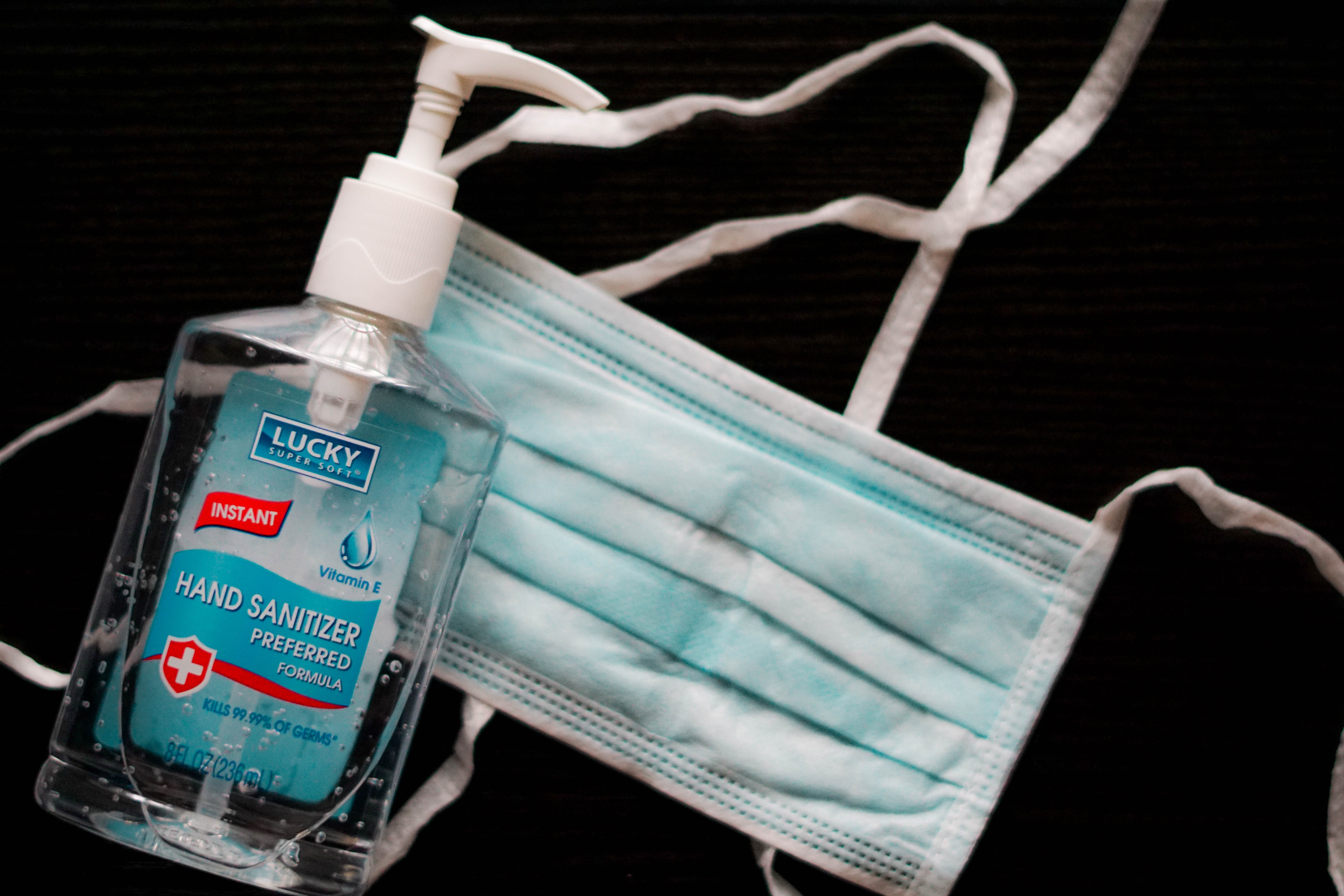How to manage staff leave requests over the Christmas period
We all look forward to annual leave. A chance to be with our family and have a well earned break….

It was announced last month that Shielding was to cease on 31st March 2021. As an employer, what does this mean for you and your staff who were shielding.
How to bring an employee back to work
With shielding coming to an end, this may mean you can bring employees back to work who were shielding. But how do you bring someone back into the workplace safely and with the employee’s agreement?
Contact the employee
Make contact with the employee and discuss their return to work. Find out how they are feeling about it, what are their concerns? Are they desperate to be back at work or feeling reluctant and nervous? Talk them through what you have done to ensure the work place is COVID secure for everyone. Talk them through what your proposed plan is to assist in bringing them back to work in a safe and positive manner.
Occupational Health
To assist you with bringing your employee back to work, you may want to engage Occupational Health (with the employees consent) in order to understand what adjustments you may need to make. They may be able to advise you, based on the reason why the employee was shielding, what you need to consider for your risk assessment.
Conduct a risk assessment
Based on the individual, their role and any underlying health conditions they may have, you will need to conduct a risk assessment to determine 1) whether it is in fact deemed safe for them to return 2) how you will make the working environment safe for everyone now the employee is due to return 3) look at their role, what adjustments will need to be made to make the return as safe as possible 4) consider whether there is more you need to do to make the work place COVID secure, based on their return.
What if the employee does not want to return to work
It is key that you engage the employee in the process of bringing them back to work. Work with them on the risk assessment, get their assessment of their role and what adjustments they feel may need to be made to make them feel comfortable enough to return. Talk them through the proposal of how you are going to make the working environment as safe as possible for them. Having them fully involved in the process may help them feel reassured that it is safe to return.
They may feel nervous due to the fact they have been out of the Practice for such an extended period of time. Maybe arrange a one to one meeting with their line manager to talk through any changes there have been in the team, ways of working and bring them up to date on what projects and cases are being worked on. If they feel comfortable, maybe they could come in for a socially distanced tour of the Practice, show them where they will be working. This will also allow you to show them what you have done to make the workplace COVID secure for all.
Continued Support
Once the employee has returned to work, it is important to check in with them on a regular basis. Informal one to ones provide a great opportunity to discuss how the employee is settling back into the work place, are they coping with the work? If adjustments have been made, are they appropriate? Do you need to consider alternative adjustments? Having regular one to ones with the employee will allow you to ensure they are happy and comfortable at work and also to capture any issues quickly before they escalate into something more serious.
We all look forward to annual leave. A chance to be with our family and have a well earned break….
When employees are being transferred to another organisation under TUPE, there are certain obligations that the outgoing employer (the company…
Christmas parties and work get togethers are a great opportunity to reward your staff and keep the team motivated, and…
To put it plainly, TUPE ensures that when employees transfer to another business, they retain their current terms and conditions….